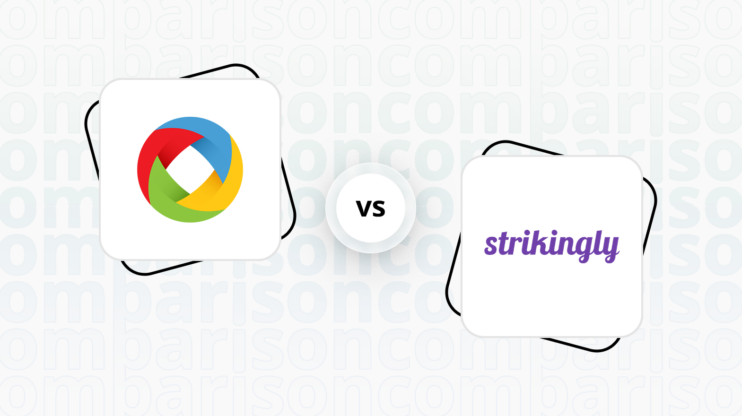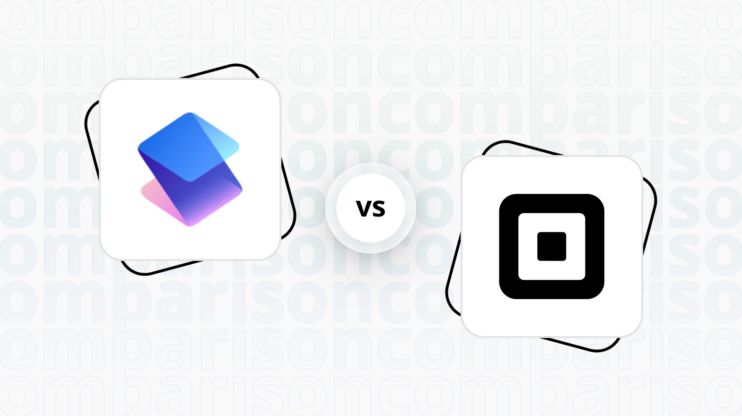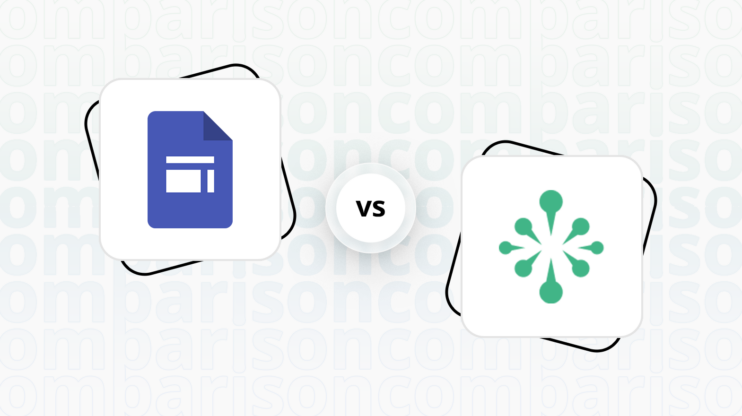Drupal vs Showit: Final verdict
Drupal and Showit both offer unique strengths, making them suitable for different types of users and website needs.
-
Drupal (Overall Grade: 6.4/10)
is a powerful open-source CMS known for its flexibility and extensibility. It is ideal for developers and businesses that require a highly customizable platform with robust content management capabilities. Drupal excels in providing a wide range of modules and themes, making it suitable for complex websites and applications. However, it has a steeper learning curve and may require more technical expertise to fully leverage its capabilities. -
Showit (Overall Grade: 6.4/10)
is a user-friendly drag-and-drop website builder designed for creative professionals. It offers a high degree of customization and control over the website’s appearance, especially with its dual canvas interface for mobile and desktop views. Showit integrates seamlessly with WordPress for blogging, making it a popular choice for photographers, designers, and bloggers who prioritize design flexibility and ease of use. However, it lacks the comprehensive ecommerce features found in more specialized platforms.

|

|
|
|---|---|---|
|
Design functionalities & templates |
7.8 |
8.5 |
|
Ease of use |
5.4 |
8.6 |
|
Ecommerce |
7.5 |
4.8 |
|
Website Editors |
7.5 |
8.0 |
|
Product testing options |
7.1 |
8.3 |
|
Price |
5.7 |
7.9 |
|
Hosting quality |
0 |
7.3 |
|
Website speed optimization |
6.4 |
5.4 |
|
Plugins and integrations |
8.6 |
5.8 |
|
Marketing features |
8.0 |
7.2 |
|
Customer support |
6.7 |
6.4 |
|
Security |
8.3 |
8.3 |
|
AI capabilities |
7.5 |
0 |
|
User Management |
9.1 |
6.7 |
Which one is the best for ecommerce: Drupal or Showit?
 7.5
7.5
 4.8
4.8
Verdict
: Drupal is a more robust choice for ecommerce due to its extensive features and flexibility, while Showit is better suited for those prioritizing design and aesthetics over comprehensive ecommerce functionalities.
-
Drupal
: Known for its flexibility and extensive ecommerce features, Drupal is ideal for businesses that need a customizable and scalable solution. It offers a wide range of modules for product management, payment gateways, and more, making it a powerful platform for ecommerce. However, it has a steep learning curve and may require significant customization. -
Showit
: Primarily a design-focused website builder, Showit offers basic ecommerce functionalities through integrations with platforms like Shopify and WooCommerce. It is best suited for creative professionals who prioritize aesthetics and content presentation over robust ecommerce features. While it lacks the comprehensive ecommerce capabilities of Drupal, it provides a user-friendly interface for those starting out.
Which one is the best for informational and business websites?
 7.5
7.5
 8.7
8.7
Verdict
: Showit is the superior choice for creating visually appealing and user-friendly informational websites, while Drupal offers extensive customization and scalability for more complex projects.
-
Drupal
: Drupal is a powerful open-source CMS known for its flexibility and extensibility. It is ideal for developers who need to create complex websites with custom functionalities. Drupal’s extensive range of modules and themes makes it suitable for a variety of websites, from personal blogs to corporate and government sites. However, its steep learning curve and complexity may be challenging for beginners. -
Showit
: Showit excels in providing a user-friendly, drag-and-drop interface that allows creative professionals to design custom, mobile-responsive websites without coding. Its dual canvas interface for independent mobile and desktop design, along with seamless WordPress integration for blogging, makes it a popular choice for photographers, designers, and bloggers. When comparing Drupal vs Showit, Showit stands out for its ease of use and design flexibility, making it perfect for those who prioritize aesthetics and simplicity.
Drupal vs Showit: Detailed comparison
Design functionalities & templates
Design FunctionalitiesRepresents how well each platform allows for creative design and customization of websites.Score Components:
- Template Variety (30%): Range and quality of design templates.
- Customization (30%): Flexibility and options for design alterations.
- User Interface (20%): Ease and intuitiveness of the design process.
- Responsiveness (10%): Adaptability to different devices and screen sizes.
- Innovation (10%): Unique design features and tools.
 7.8
7.8
 8.5
8.5
Winner: Showit.
If you’re looking for a platform that offers more creative control and a wide array of design features, Showit is the preferred choice.
Drupal, as a highly flexible and powerful content management system, offers a vast array of templates and designs to cater to virtually any website need. With thousands of themes available, users can choose from minimalist designs, industry-specific layouts, and highly customizable multipurpose themes.
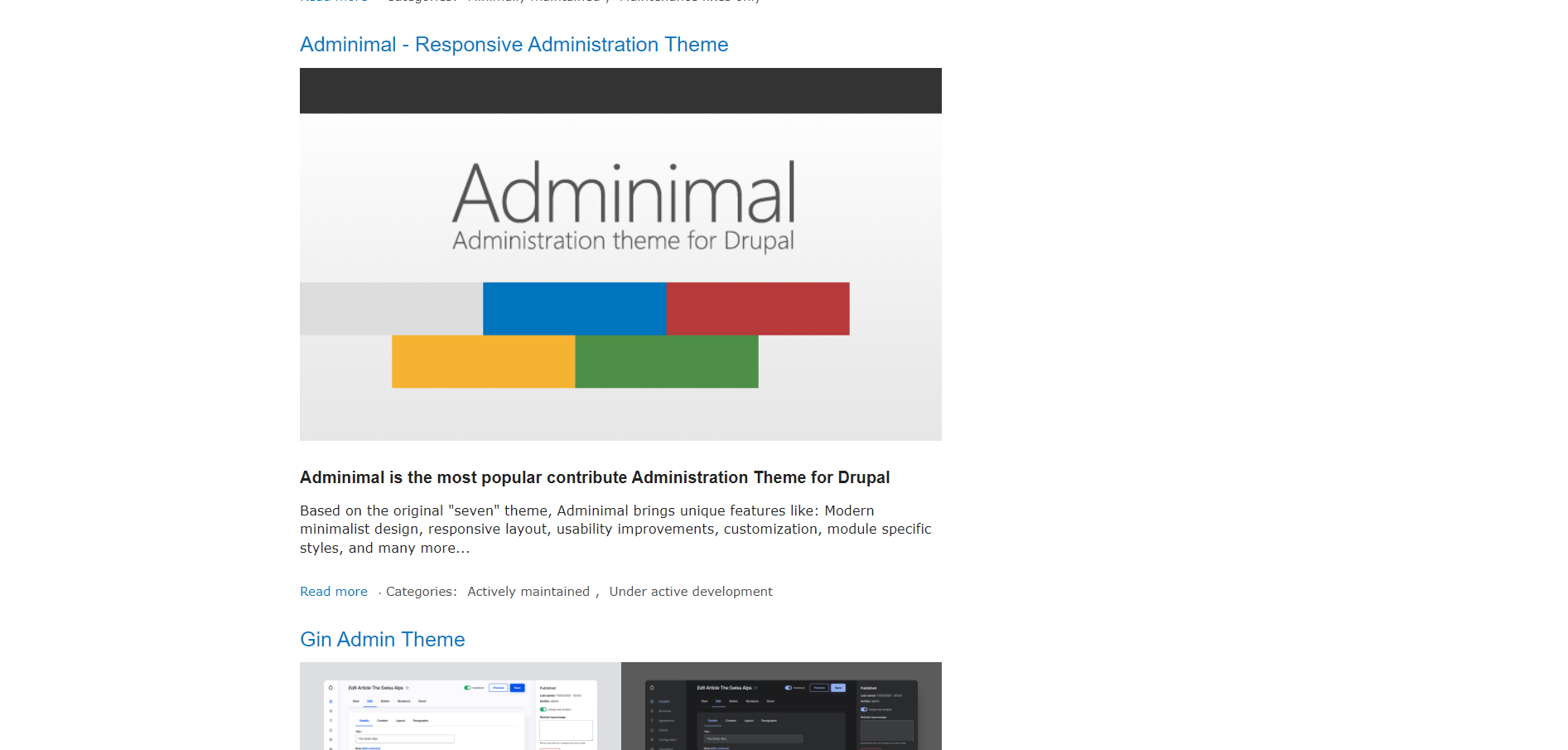
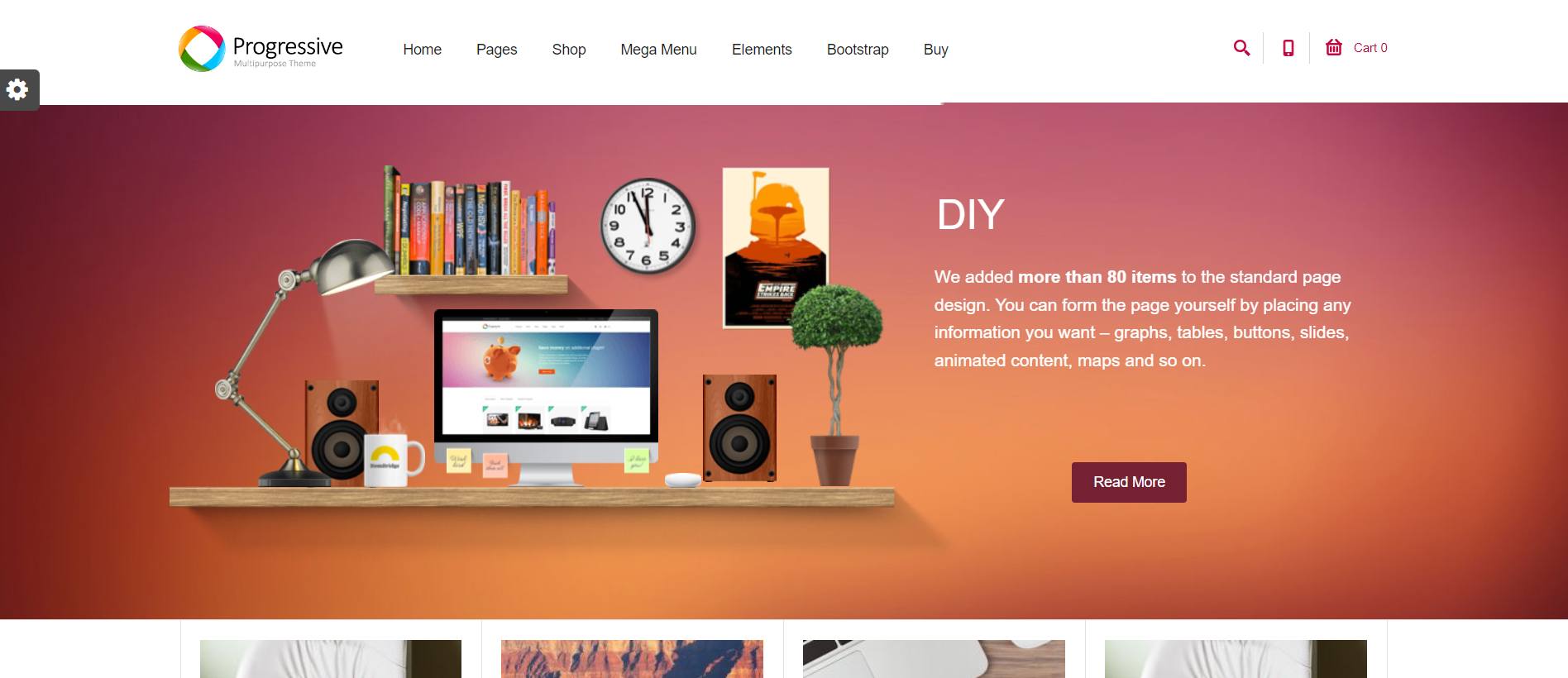
Compared to Drupal, Showit offers a wide variety of templates and designs, catering to diverse aesthetic preferences and business needs. Users can choose from an extensive collection that ranges from minimalist and sleek to bold and artistic, ensuring there’s something for every brand identity.
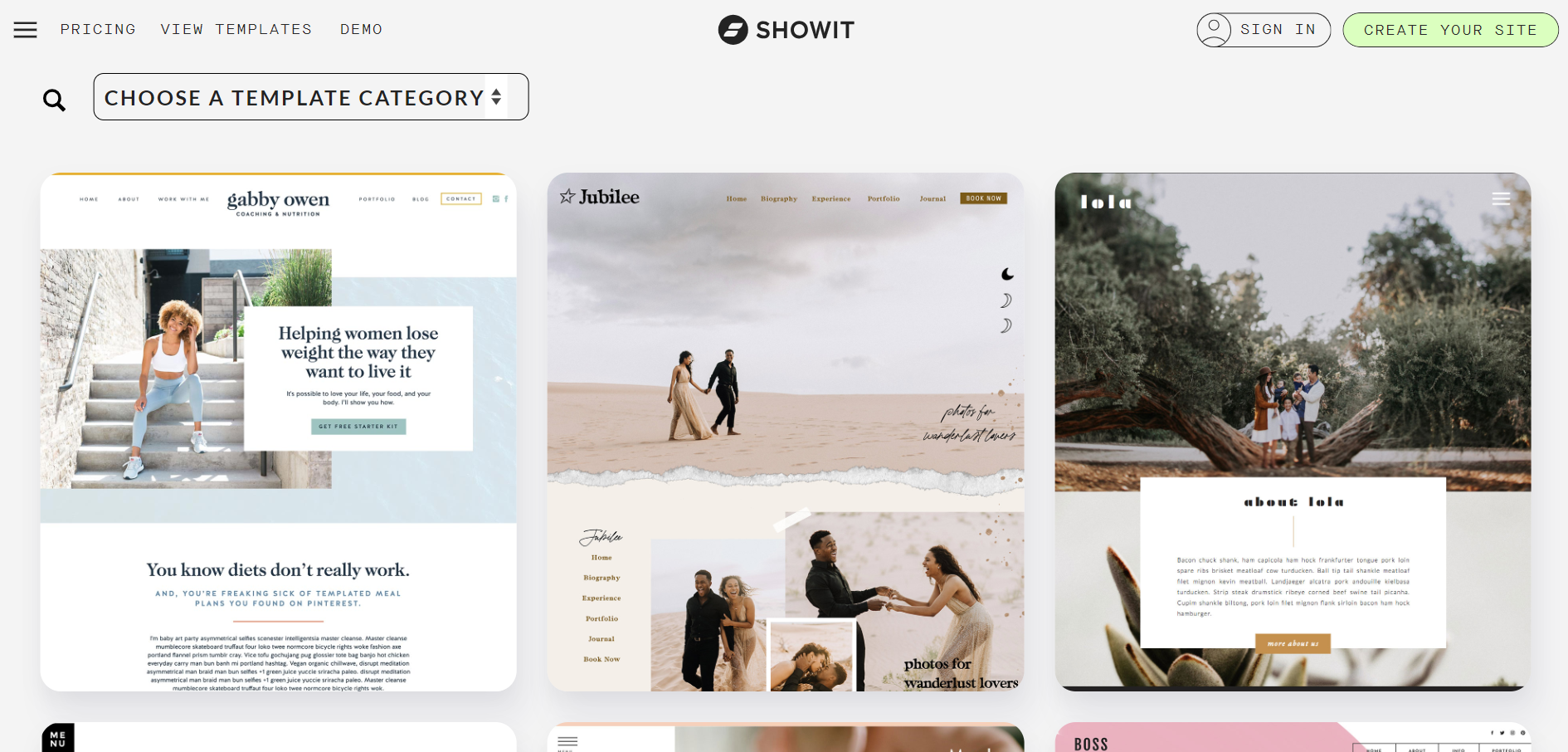
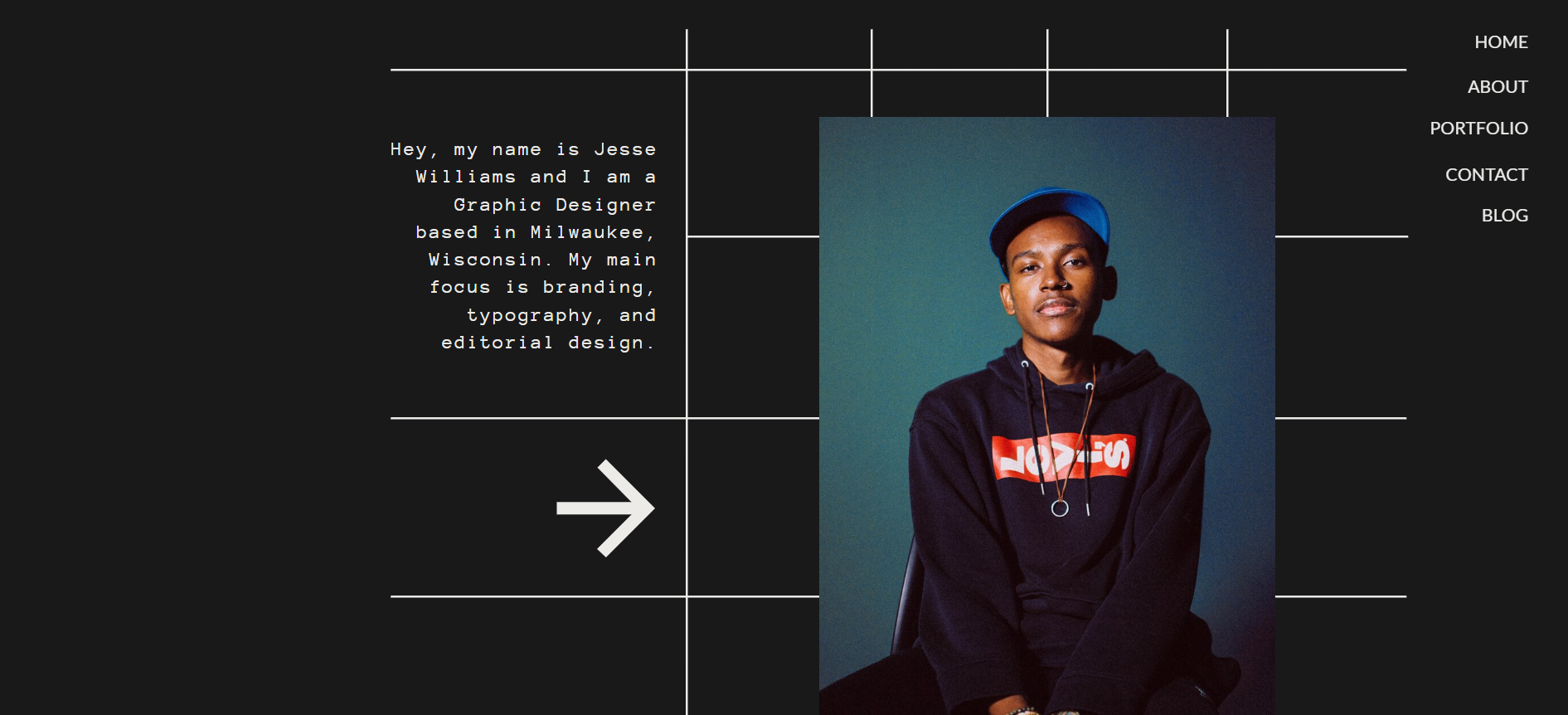
Get a head start on website creation with AI
Create a custom website tailored to your business needs 10X faster with 10Web AI Website Builder!
Ease of use
Ease of useReflects the platform’s overall user-friendliness.Score
Components:
- Learning curve (40%): Quickness and ease of getting started.
- Interface design (30%): Simplicity and intuitiveness of layout.
- User guidance (20%): Quality of tutorials and support.
- Flexibility (10%): Adaptability to various user skills.
 5.4
5.4
 8.6
8.6
🏆 Winner: Showit
. Scoring an impressive 8.6, Showit is designed with a user-friendly drag-and-drop interface, making it easy for users to create custom websites without needing any coding knowledge. Drupal, with a score of 5.4, offers a robust platform but with a steeper learning curve, especially for those new to web development. If ease of use is a priority, Showit is the clear winner in this category.
Learning Resources
🏆 Winner: Drupal
. While both platforms offer solid learning resources, Drupal goes a step further with its extensive official documentation, vibrant community forum, and a variety of online courses and tutorials, making it easier for users to learn and adapt.
For ecommerce
EcommerceMeasures the platform’s effectiveness in supporting online business activities.Score Components:
- Ecommerce themes and templates (20%): Variety and design of templates.
- Product management (25%): Ease of managing and organizing products.
- Payment options (25%): Variety and convenience of payment methods.
- Ecommerce features (20%): Features for managing an ecommerce store.
- Integration (10%): Compatibility with external e-commerce tools and services.
 7.5
7.5
 4.8
4.8
When it comes to ecommerce, Drupal and Showit cater to different needs. Drupal, with its Drupal Commerce module, offers a flexible ecommerce solution that can be integrated seamlessly into its content management system. It provides a wide array of features including product management, shopping cart, payment gateway integration, and customizable workflows. However, it has a steep learning curve and may require extensive customization to meet specific ecommerce needs.
On the other hand, Showit is primarily a website builder focused on design. It includes basic ecommerce functions but lacks the comprehensive ecommerce features found in platforms like Shopify or WooCommerce. However, Showit allows integration of both the mentioned platforms for enhancing ecommerce capabilities. For businesses prioritizing aesthetics and content presentation over robust online sales functionalities, Showit can be a compelling choice.

|

|
|
|---|---|---|
|
Ecommerce themes and templates |
7.8 |
2.0 |
|
Product page customization |
8.3 |
2.5 |
|
Payment processing and commissions |
7.5 |
4.0 |
|
POS capabilities |
5.5 |
1.0 |
|
Payment gateways |
7.7 |
4.5 |
|
Product numbers |
7.0 |
3.0 |
|
Additional ecommerce features |
8.0 |
3.5 |
Drupal ecommerce features:
- Shopping Cart and Checkout Process
- Payment Gateway Integration
- Order Management and Invoicing
- Tax Calculation and VAT Support
- Shipping and Fulfillment
- Promotions and Discounts
- Reporting and Analytics
- Security and Compliance
Showit ecommerce features:
- Shopify and WooCommerce integration
Ecommerce themes & templates
Drupal offers a wide array of eCommerce themes designed to cater to different types of online stores, from clean and simple designs to more sophisticated and feature-rich options. These themes are built with responsiveness in mind, ensuring that stores function seamlessly across various devices. Themes like Fiora, DrupalMag, and Storefront highlight the diversity available, offering customization options to match the unique needs of each business. The availability and functionality of these themes underscore Drupal’s flexibility and power as an eCommerce platform.
Showit, on the other hand, does not have any ecommerce specific templates.
Product page customization
Drupal offers extensive customization possibilities for product pages through its modular architecture, allowing for detailed content types, flexible displays with Views, and theme customizations. The Drupal Commerce module enriches e-commerce functionalities, enabling tailored product management, checkout flows, and payment systems. With the ability to develop custom modules, Drupal provides a range of possibilities to meet specific e-commerce needs.
Showit has very basic ecommerce capabilities, primarily through its integration with WooCommerce and Shopify.
Payment processing
Drupal supports a wide range of payment gateways through third-party modules, including popular ones like PayPal, Stripe, and Authorize.Net. These modules enable seamless integration for e-commerce functionalities on Drupal sites. While Drupal itself does not charge any commissions or transaction fees, the individual payment gateways integrated with it do have their own fee structures, which typically include per-transaction charges and may also have monthly fees. The specific fees depend on the chosen payment gateway and the terms of service agreed upon by the website owner.
Showit supports e-commerce by allowing integration with third-party platforms like Shopify Lite, ThriveCart, WooCommerce, and Podia, rather than offering direct payment processing or POS capabilities. Users can add e-commerce functionalities to their Showit sites using embed codes for “Buy Buttons” or similar features from these platforms. The choice of platform depends on the user’s specific needs, including product type, store size, and budget, as each platform has its own pricing and transaction fee structures. Additionally, the platform supports integration of PayPal pay button, allowing users to pay directly through their PayPal account.
Website Editors
Website EditorsEvaluates the platforms’ website building and editing capabilities.Score Components:
- Customization tools (40%): Range and power of editing features.
- Editor usability (30%): User experience within the editor.
- Design flexibility (20%): Freedom in layout and design changes.
- Update and maintenance ease (10%): Simplicity of updating and maintaining the site.
 7.5
7.5
 8.0
8.0
🏆
Winner: Showit
. Showit, with a score of 8.0, is designed for creating custom, responsive websites with a focus on ease of use, especially for photographers and creative professionals. It allows users to design their website visually with a drag-and-drop interface, eliminating the need for coding knowledge. Users can create highly customized pages by adjusting layouts, fonts, and colors, and can also incorporate multimedia elements like videos and images directly into their designs. Additionally, Showit offers deep integration with WordPress for blogging, enabling users to manage and publish blog posts within the same platform, providing a seamless experience from website design to content management.
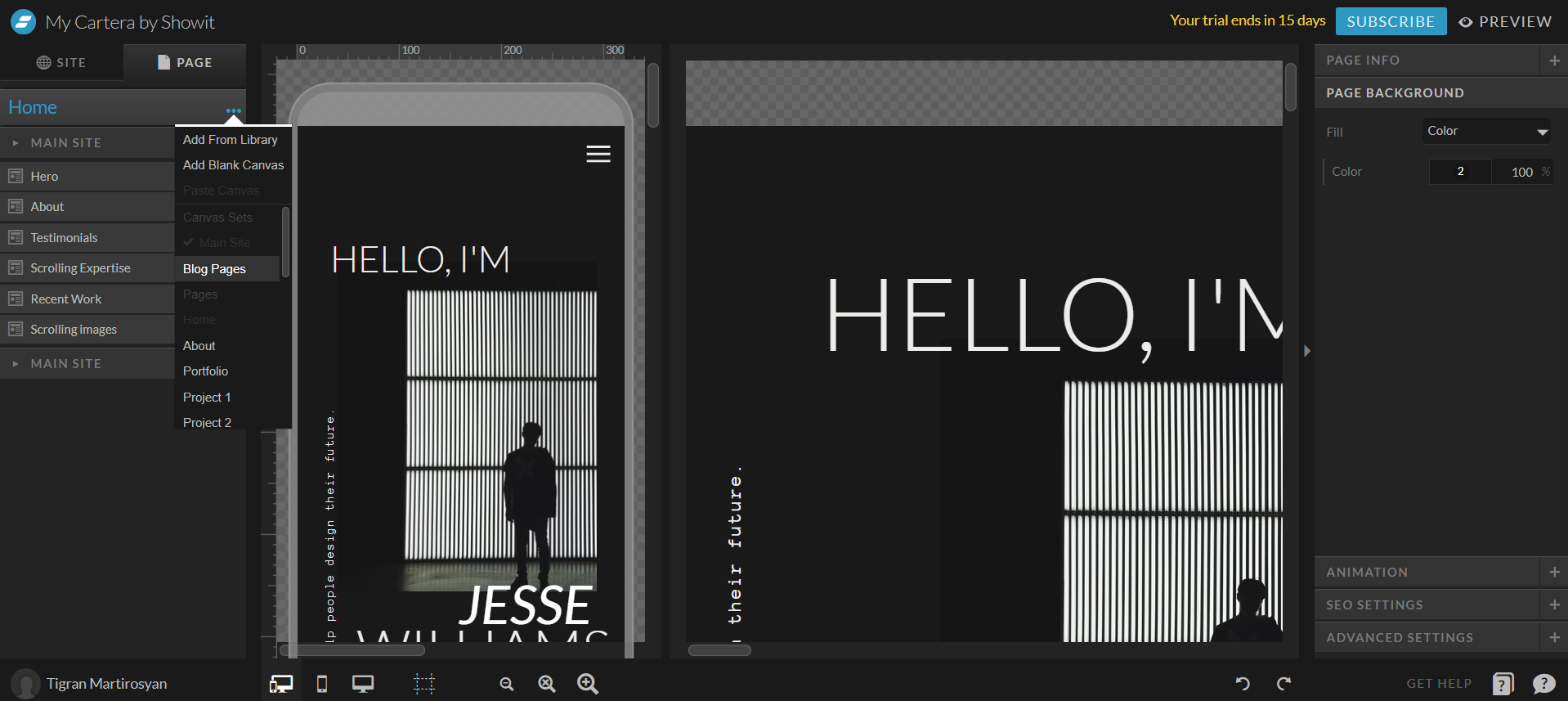
Drupal’s editor, scoring 7.5, offers a wide range of features tailored for content creation and management. It supports rich text editing, enabling users to format text, insert links, images, and media, as well as create tables and lists with ease. The editor is highly customizable, allowing administrators to configure toolbars and options according to the needs of their site. Furthermore, it integrates seamlessly with Drupal’s content management system, supporting features like automatic content saving, version control, and access control, making it a powerful tool for building and managing diverse web content.
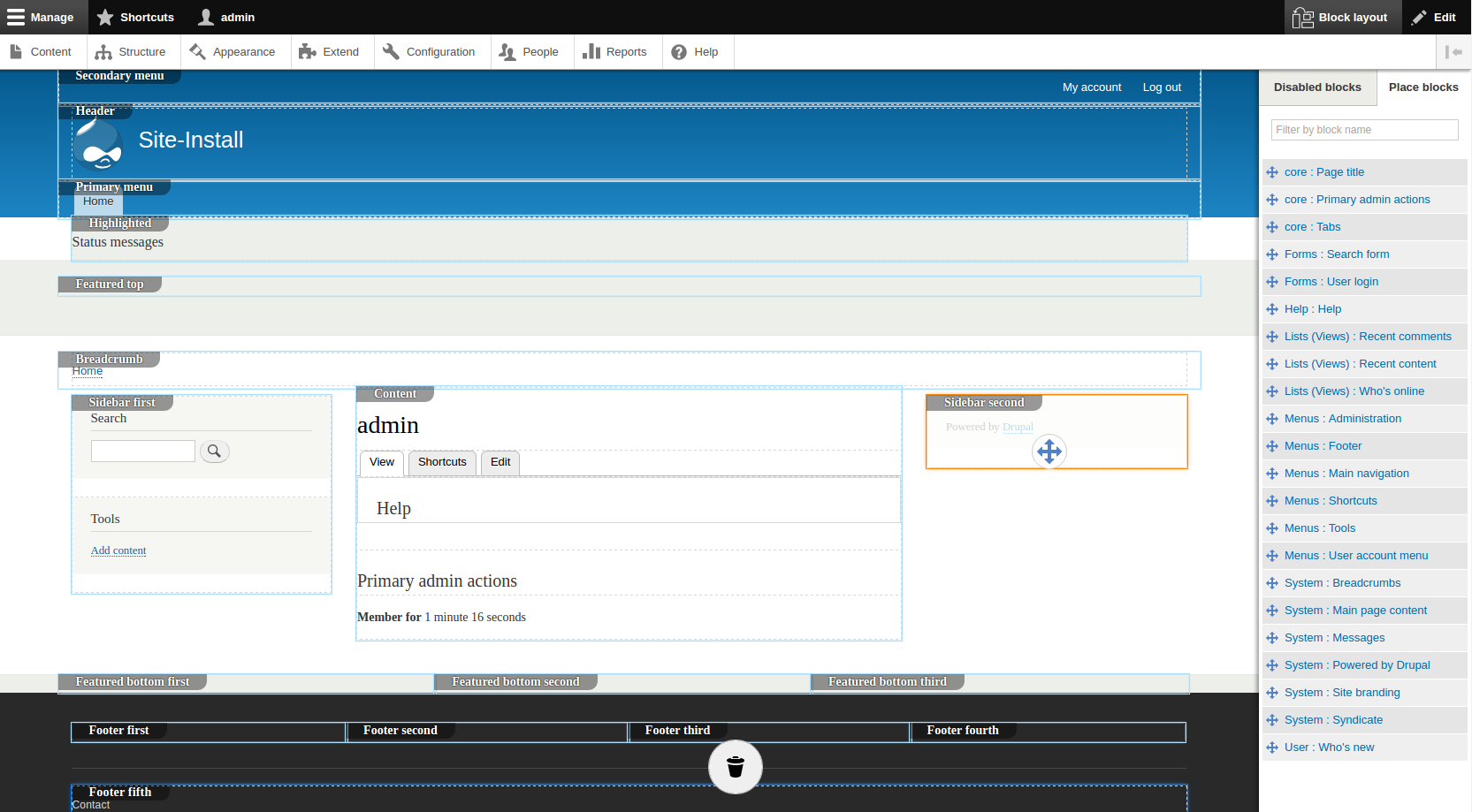
Mobile editor/app
 0
0
 0
0
🏆
Winner: None
. Both Drupal and Showit do not provide a dedicated mobile editor or app for editing websites. Therefore, users cannot make changes to their websites using a mobile device. This lack of mobile editing capability may limit the flexibility and convenience for users who prefer to manage their websites on the go.
Drupal, on the other hand, does not offer any mobile editing capabilities. Users are required to use a desktop or laptop to make any changes to their websites. This can be inconvenient for users who are constantly on the move and prefer to use their mobile devices for website management.
Showit also does not provide a mobile editor or app. Like Drupal, users must use a desktop or laptop to edit their websites. This lack of mobile editing capabilities can be a major drawback for users who prefer to manage their websites on the go.
In summary, neither Drupal nor Showit receives a high rating due to their lack of mobile editing capabilities. Both platforms may be better suited for users who prefer to manage their websites using a desktop or laptop.
Product testing options
Product Testing OptionsAssesses the options for trying out platform features before commitment.Score Components:
- Trial quality (40%): Extent and usefulness of the trial or free version.
- Feature accessibility (30%): How many features are available to test.
- Trial duration (20%): Length of the trial period.
- Ease of transition (10%): Smoothness of moving from trial to paid plans.
 7.1
7.1
 8.3
8.3
Overall Result
:
Showit Wins
. Showit scores 8.3 in product testing options, higher than Drupal’s 7.1. Showit offers a 14-day free trial during which all premium features can be tested. Additionally, it provides a 30-day money-back guarantee. On the other hand, Drupal, being an open-source CMS, is free to use but does not offer a trial version or the possibility to test premium features.

|

|
|
|---|---|---|
|
Free Plan |
Yes (open-source software) | No |
|
Trial Duration |
No |
14 days |
|
Testing Premium Features |
No |
All features during free trial |
|
Money Back Guarantee |
No payments required |
30-day money back guarantee |
Price
PriceLooks at the cost-effectiveness and value for money of each platform.Score Components:
- Plan value (40%): What each pricing tier offers.
- Transparency and clarity (30%): Clearness of pricing structures.
- Flexibility of plans (20%): Range of options to suit different budgets.
- Hidden costs (10%): Additional expenses not included in the plan.
 5.7
5.7
 7.9
7.9
While Drupal is free, it requires separate purchases for domain, hosting, and website builder subscriptions. Showit, on the other hand, offers a range of plans with varying features and prices, making it a more straightforward option for users who prefer an all-in-one solution.

|

|
|
|---|---|---|
|
$20-$25 |
No offering at this amount. |
Showit ($24/month): Ideal for sites without a blog. Includes 20GB storage and secure certificate. Regular design backups stored for 7 days. Value for price: 6.0 |
|
$25-$30 |
No offering at this amount. |
Showit + Basic Starter Blog ($29/month): For new blogs. Includes everything in the Showit plan, plus blog-specific features. 20GB storage, up to 10k monthly visitors, daily backups stored for 30 days, pre-installed plugins (no additional plugins are permitted), 1 WordPress user. Value for price: 7.0 |
|
$30-$40 |
No offering at this amount. |
Showit + Advanced Blog ($39/month): For migrating or high-traffic blogs with custom plugin needs. Includes everything in the Basic Starter Blog plan, plus up to 25k monthly visits, unlimited number of plugins, unlimited number of WordPress users, Free advanced blog migration from WordPress or Squarespace and FTP access. Value for price: 8.0 |
|
$60-$70 |
No offering at this amount. |
Showit + Advanced Blog 50k ($69/month): Includes everything in the Showit + Advanced Blog plan, with possibility to install custom WordPress plugins, 30 GB storage, up to 50k visitors monthly, and possibility to migrate Squarespace and WordPress blog posts. Value for price: 8.5 |
|
$100+ |
No offering at this amount. |
Showit + Advanced Blog 100k ($129/month): Includes everything in the Showit + Advanced Blog plan, with possibility to install custom WordPress plugins, 50 GB storage, up to 100k visitors monthly, and possibility to migrate Squarespace and WordPress blog posts. Value for Price: 9.0 |
location. As a result in rare cases the prices displayed here can differ from the ones you see on their
websites.
Hosting quality
Hosting
qualityExamines the reliability and performance of the hosting solutions.Score Components:
- Uptime (40%): Consistency and reliability of website availability.
- Speed (30%): Loading times and performance.
- Bandwidth and storage (20%): Sufficiency of resources provided.
- Data centers (10%): Quality and distribution of hosting infrastructure.
 0
0
 7.3
7.3
Winner: Showit
. Showit offers managed WordPress hosting with daily backups and 20GB storage, providing a more straightforward and hassle-free hosting solution. Drupal, being an open-source CMS, does not provide hosting services directly, leaving the choice of hosting type and provider to the user. This flexibility can be advantageous for experienced developers who want to customize their hosting environment, but it can also be a challenge for less tech-savvy users.

|

|
|
|---|---|---|
|
Do they offer hosting? |
No | Yes, Managed wordpress hosting, with daily backups and 20GB storage |
|
Type of hosting: |
Depends on hosting provider chosen | Managed WordPress hosting |
|
Uptime: |
Depends on hosting provider chosen | 99.9% |
|
Uptime Guarantee: |
Depends on hosting provider chosen | Yes, 99% |
|
Data Centers: |
Depends on hosting provider chosen | Not disclosed |
Website Speed Optimization
Website Speed OptimizationEvaluates optimization of website loading timesScore Components:
- PageSpeed Score (30%): Google’s score indicating performance optimization.
- Loading Time (30%): The average time until a website is fully interactive.
- Mobile Optimization (15%): Optimization effectiveness for mobile devices.
- Resource Optimization (15%): Optimizing images, scripts, and other heavy resources.
- CDN Usage (10%): Use of CDN to enhance speed across geolocations.
 6.4
6.4
 5.4
5.4
🏆 Winner: Drupal
Both Drupal and Showit have their own strategies for website speed optimization, but Drupal’s open-source nature and extensive guides and tutorials give it an edge over Showit.

|

|
|
|---|---|---|
|
Focus |
Extensive guides and tutorials |
Optimization plugins, Caching |
|
Performance Tools |
User-dependent |
Showit does not disclose |
|
Key Strategies |
Users can optimize almost all aspects |
Optimization plugins, Caching |
|
Load Times |
Varies depending on optimization and website complexity |
Varies depending on optimization and website complexity |
|
Page Speed Scores Range |
Varies depending on optimization and website complexity |
Varies depending on optimization and website complexity |
|
Core Web Vitals Improvement |
Depends on users |
Showit does not disclose |
Drupal, an open-source CMS, offers numerous guides and tutorials on speed optimization, allowing users to optimize almost all aspects of their website. The load times and PageSpeed scores for Drupal vary depending on optimization and website complexity. The Core Web Vitals improvements for Drupal depend on the users.
Showit, a drag-and-drop website builder, relies on optimization plugins and caching for speed optimization. The load times and PageSpeed scores for Showit also vary depending on optimization and website complexity. However, Showit does not disclose any information on their Core Web Vitals improvements.
Get a head start on website creation with AI
Create a custom website tailored to your business needs 10X faster with 10Web AI Website Builder!
Plugins and integrations
Plugins and integrationsMeasures the range and effectiveness of additional plugins and integrations.Score Components:
- Variety of options (40%): Range of available add-ons.
- Integration smoothness (30%): Ease of integrating plugins into the site.
- Quality of plugins (20%): Functionality and reliability of the options.
- Custom integration capabilities (10%): Support for custom or third-party integrations.
 8.6
8.6
 5.8
5.8
🏆 Winner: Drupal.
With a score of 8.6, Drupal outperforms Showit, which scores 5.8. Drupal’s extensive range of over 51,000 modules, which are predominantly free and open-source, offers a high level of customization and scalability, making it suitable for a variety of web projects. Showit, on the other hand, offers a variety of plugins primarily for users with the Advanced Blog plan, but the availability and use of these plugins are contingent upon the subscription tier. Furthermore, compatibility issues exist with certain WordPress plugins, necessitating alternative solutions or adjustments for optimal functionality.
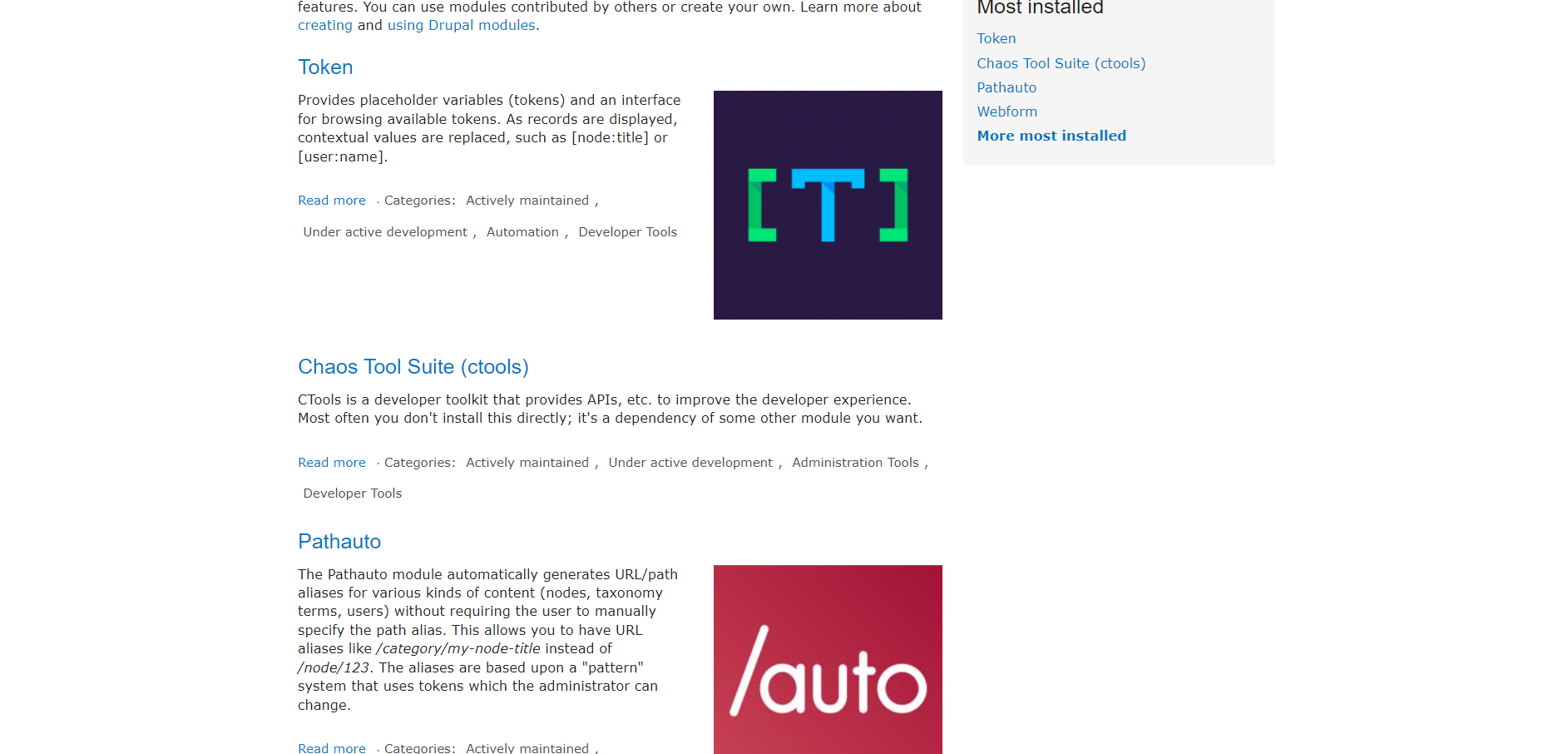
Marketing Features
Design FunctionalitiesRepresents how well each platform allows for creative design and customization of websites.Score Components:
- Template Variety (30%): Range and quality of design templates.
- Customization (30%): Flexibility and options for design alterations.
- User Interface (20%): Ease and intuitiveness of the design process.
- Responsiveness (10%): Adaptability to different devices and screen sizes.
- Innovation (10%): Unique design features and tools.
 8.0
8.0
 7.2
7.2
🏆
Overall Winner: Drupal
. Drupal’s flexibility and extensibility, along with its wide range of modules, make it a more robust platform for marketing features. Showit, while offering similar features, relies heavily on third-party integrations.

|

|
|
|---|---|---|
|
SEO Tools |
Yes, with SEO modules such as Yoast SEO |
Yes |
|
Email Marketing |
Yes, but with third-party extensions, such as MailChimp |
Yes, through third-party integrations |
|
Blogging |
Yes |
Yes |
|
Social Media Integration |
Yes |
Yes |
|
Analytics and Reporting |
Yes, basic built-in features, and Google Analytics integrations through modules |
Yes, through integration of Google Analytics |
|
Ads and Promotions |
Yes, but with third-party extensions |
Yes, through third-party integrations |
Customer Support
Customer supportEvaluates the quality and availability of support options.Score Components:
- Response time (40%): Speed of support responses.
- Support quality (30%): Effectiveness and helpfulness of the support.
- Availability (20%): Range of support channels (phone, chat, email).
- Resource richness (10%): Quality of self-help and educational materials.
 6.7
6.7
 6.4
6.4
🏆 Winner: Drupal
. In the Drupal vs Showit comparison, Drupal edges out Showit in customer support with its comprehensive range of options. Drupal offers community support through forums and documentation on Drupal.org, as well as professional 24/7 support services via providers like Drupal Connect. This ensures that users have access to help at all times, whether through community resources or professional services.
Showit, on the other hand, provides customer support via email from Monday to Friday, 7 AM to 11 PM Arizona Time, with a typical response time of 1-2 hours. They also offer chat support during business hours and limited support on weekends. While Showit’s support is responsive and helpful, it does not match the round-the-clock availability and extensive resources offered by Drupal.
Security
SecurityLooks at the platforms’ security measures and data protection.Score Components:
- Data protection (40%): Safeguards for user and customer data.
- SSL and encryption (30%): Implementation of secure connections.
- Compliance (20%): Adherence to industry security standards.
- Regular updates (10%): Frequency of security updates and patches.
 8.3
8.3
 8.3
8.3
🏆
Winner: Tie
. Both Drupal and Showit prioritize security and data protection, each offering robust measures to ensure the safety of user data and website integrity.
Drupal, being an open-source CMS, provides a wide range of configuration options for enhanced protection, including role-based access control, field permissions, and encryption for data at rest. It also emphasizes regular updates and security audits, and encourages the use of security-focused modules to harden the site against potential threats.
Showit, on the other hand, adheres to GDPR guidelines and employs Amazon’s S3 for secure and redundant data storage. It also provides robust security features for all hosted websites, including free SSL certificates, automated backups, and additional protections for WordPress-integrated sites. Showit also emphasizes best practices in website security, advising users on strong password policies and the regular updating of website assets.
AI Capabilities
AI capabilitiesMeasures the effectiveness of AI-driven features and tools.Score Components:
- Automation efficiency (40%): Impact of AI on streamlining processes.
- Personalization (30%): AI-driven customization for users or customers.
- AI-Assisted design (20%): Role of AI in website design and functionality.
- Data analysis (10%): Use of AI in interpreting user data and analytics.
 7.5
7.5
 0
0

|

|
|
|---|---|---|
|
AI Builder |
|
|
|
AI Ecommerce |
AI-driven chatbots, content creation, marketing automation, and cognitive services |
|
|
AI Content Generation |
AI Connect module for content generation, SEO optimization, and multilingual support |
|
|
Additional AI Features |
AI-based search enhancements, content personalization, automated content moderation, language translation, content localization, and accessibility improvements |
|
🏆 Winner: Drupal
. Drupal, with a score of 7.5, utilizes AI to enhance various functionalities, including e-commerce, content creation, and user interactions. Its AI capabilities streamline operations and significantly enhance user engagement and satisfaction on Drupal-based platforms. On the other hand, Showit does not have any AI capabilities.
User Management
User ManagementAssesses the platforms’ capabilities in managing user roles, permissions, and accessibility.Score Components:
- Role Customization (40%): Flexibility in creating and defining user roles and
permissions. - Ease of Management (30%): User interface and tools for managing users.
- Access Control (20%): Effectiveness of access control measures for different user
levels. - Scalability (10%): Ability to manage a growing number of users efficiently.
 9.1
9.1
 6.7
6.7
🏆 Winner: Drupal
. Drupal’s flexible permission and role system allows for an unlimited number of users to manage and edit a website, only constrained by server capacity and practical management considerations. On the other hand, Showit allows only one user on lower plans, and on its Showit + Advanced Blog plan, the platform allows an unlimited number of users with different access levels.
Drupal User Roles and Access Levels:
| Role | Description | Access Highlights |
|---|---|---|
| Editor | Users responsible for content creation, editing, and publishing. | Can create, edit, delete, and publish content; can also manage comments. |
| Moderator | Users focused on site moderation, including comment and user management. | Can approve or delete comments, block users, and manage reported content. |
| Administrator | Users with full access to all administrative features of the site. | Can change site configuration, manage all content, users, permissions, and install modules/themes. |
Showit User Roles and Access Levels:
| Role | Description | Access Highlights |
|---|---|---|
| Administrator | Users with full access to all administration features, including Elementor settings. | Can edit all content, Access to Elementor settings, Can install plugins and themes, Can manage users |
| Editor | Users who can manage and publish content including pages and posts. | Can edit pages/posts created with Elementor, Cannot access Elementor settings, Can manage categories, tags, and links, Can moderate comments |
| Author | Users who can publish and manage their own posts. | Can create posts with Elementor, Cannot edit pages, Limited access to media library, Cannot access Elementor settings |
| Contributor | Users who can write and manage their own posts but cannot publish them. | Can create content with Elementor, Cannot publish or edit pages, No access to Elementor settings, Submissions require review by higher-level roles |
Additional Features

|

|
|
|---|---|---|
|
SSL Certificate |
|
|
|
Custom Domain |
|
|
|
Free Custom Domain Included |
|
|
|
International Domains |
|
|
|
Mobile Responsive |
|
|
|
Page Speed |
|
|
|
Website Builder Mobile App |
|
|
|
Convert a Website To An App |
|
|
|
Website Analytics |
|
|
|
Multilingual Sites |
|
|
|
Multiple Users |
|
|
Drupal vs Showit: User Feedback
Users appreciate Drupal for its ease of use, security, and flexibility as an open-source CMS, highlighting its ability to scale and support a variety of websites and applications with modern technology tools. The community and documentation are frequently mentioned positives, providing ample support and resources. However, criticisms include a relative lack of plugins and themes compared to competitors like WordPress, the learning curve for customization without coding, and some challenges with installation and updates. Overall, feedback underscores Drupal’s strength in creating secure, customizable, and scalable web solutions, despite some desires for more intuitive UI and easier setup.
Showit, on the other hand, is designed primarily for creative professionals such as photographers, designers, and bloggers. Its drag-and-drop interface and dual canvas feature for mobile and desktop views offer a high degree of customization without the need for coding. While specific user feedback is not available, Showit’s integration with WordPress for blogging and its focus on design flexibility make it a popular choice for users who prioritize visual creativity and ease of use when comparing Drupal vs Showit.
The making of this blog
We followed a clear, step-by-step process to write and research this article.
Drupal vs Showit: FAQ
Which platform is better for complex, feature-rich websites, Drupal or Showit?
Can I use Showit for a visually appealing blog or portfolio site?
How do Drupal and Showit compare in terms of ecommerce capabilities?
Which platform offers better ease of use for beginners?
Are there any significant differences in the pricing and overall value between Drupal and Showit?
In terms of customer support, which platform is more reliable?
How do the platforms stand in terms of website speed optimization and hosting quality?
Which platform is recommended for users prioritizing security?










